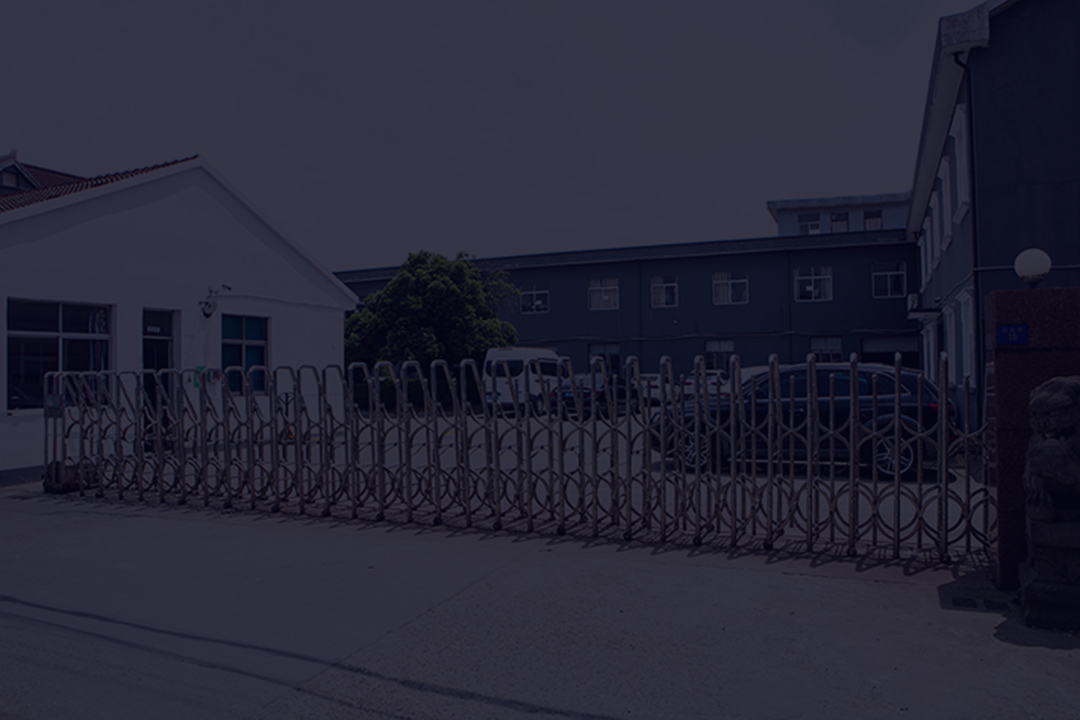

I. Introduction to the Automobile Inlet Valve
1. The automobile inlet valve is a core component of the engine's valve system, akin to the engine's 'breathing switch,' precisely controlling the entry of air or fuel-air mixture into the cylinder, which directly affects the engine's power output, fuel economy, and emissions performance. Structurally, common reciprocating inlet valves are driven by camshafts to achieve gas opening and closing; functionally, variable inlet valves can dynamically adjust the intake volume according to the engine's operating conditions, enhancing performance.
2. Its production requires strict material requirements; the valve head needs high-temperature oxidation resistance martensitic stainless steel or nickel-based alloys, the valve stem undergoes wear resistance treatment, and the sealing surface must be finely ground. From forging blanks, precision machining to surface treatment, each process pursues micron-level accuracy, and the final product also passes multiple tests such as air tightness and fatigue life to ensure stable operation under high-temperature and high-pressure environments.
II. Performance of Shunrong Ultrasonic Welding
1. Shunrong ultrasonic welding technology has brought innovation to the production of automobile inlet valves. This technology uses high-frequency vibrations to generate localized high temperatures and friction, allowing plastic components to fuse instantly without the need for additional adhesives. During welding, Shunrong equipment can accurately control the vibration frequency and pressure, ensuring that the welds between various parts of the inlet valve are tightly fitted, with a welding strength increased by 30% compared to traditional processes, effectively avoiding the risk of gas leakage. At the same time, the welding speed is extremely fast, with only a few seconds required to weld a single inlet valve, significantly improving production efficiency; the welding process is free from splashing and pollution, ensuring the surface smoothness of the components and reducing subsequent grinding procedures; its non-contact welding characteristic also prevents damage to the internal precision structure of the inlet valve, ensuring product consistency and reliability, laying a solid foundation for the stable operation of automobile engines.